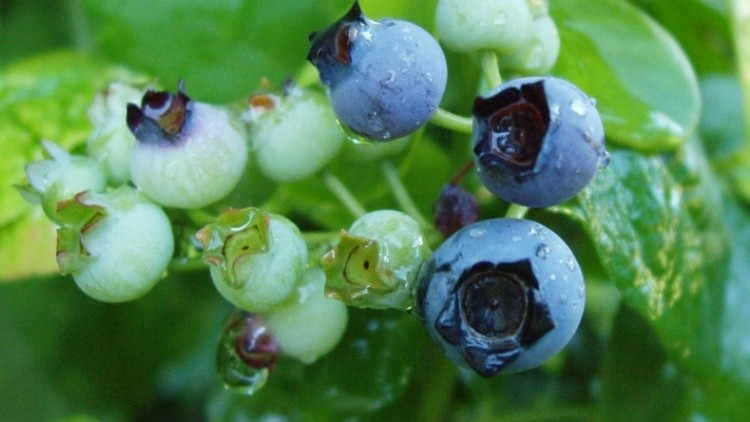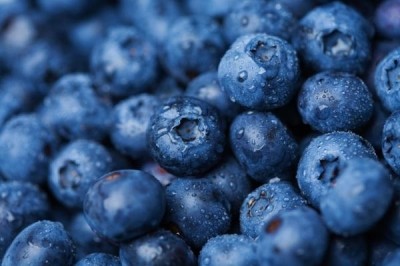Blueberry flavour: Volatile compounds may be at the heart of taste and acceptance

Writing in HortScience, the US-based research team noted that the selection of blueberry's in breeding programs - including the University of Florida Blueberry Breeding Program - have been based on two standards: subjective ratings from breeders, and the sugar-to-acid ratio of a berry.
However, researchers have now determined that the 'eating quality' of a blueberry is much more related to consumer acceptance and indications of 'blueberry-like flavour intensity' than previous traditional measures.
Led by Jessica Gilbert from the University of Florida, USA, the new research therefore suggests that identifying volatile compounds in blueberry that correspond to the fruity, intense, sweet, and characteristic blueberry flavours could help blueberry breeders and suppliers select for cultivars that produce a more desirable flavour.
Indeed, the researchers warned that the commercial harvest of immature blueberry's may mean that many of these volatiles that seem to be vital to good blueberry flavour do not develop, while certain cultivars seem to have more stable levels of these compounds than others.
Study details
The team compared volatile profiles of five southern highbush blueberry cultivars (Farthing, FL01-173, Scintilla, Star, and Sweetcrisp) using gas chromatography–mass spectrometry.
The research team harvested all five cultivars on four separate dates during the harvest season, and fruit from each cultivar were also harvested at four developmental stages on the first harvest date.
"These five cultivars are significant in Florida and have been subjectively rated as having varied flavour characteristics," explained senior author of the study Dr James Olmstead.
Total volatiles were found to dramatically increase ripening progressed in all cultivars. However the team noted that 'Star' had the smallest statistical variation in volatile content over the 4-week harvest period, while 'Scintilla' had the largest variation in volatile content.
"The general profile was an increase in total volatiles in blueberry samples as fruit progressed in maturity from green to blue," said Olmstead.
But when blueberries are commercially harvested when they are immature, noted the team - meaning that they may contain low levels of many of volatile compounds, and therefore will not have the characteristic blueberry flavour.
"If the volatiles in this study are in fact the most important to the perception of blueberry flavour, then 'Star' may have the most consistent flavour in response to varying environmental factors," they added.
















